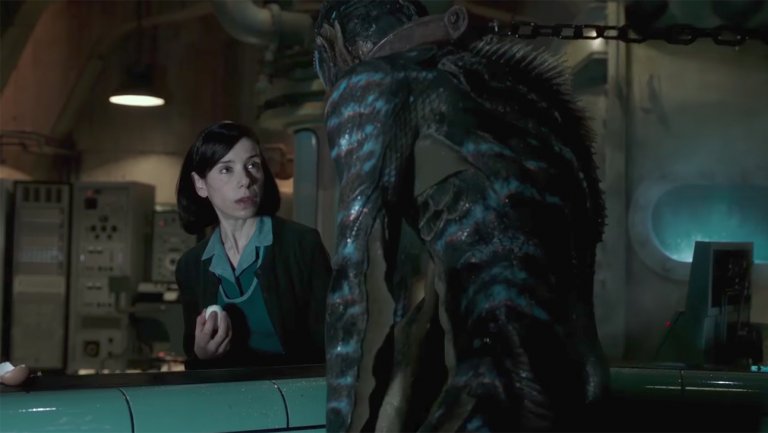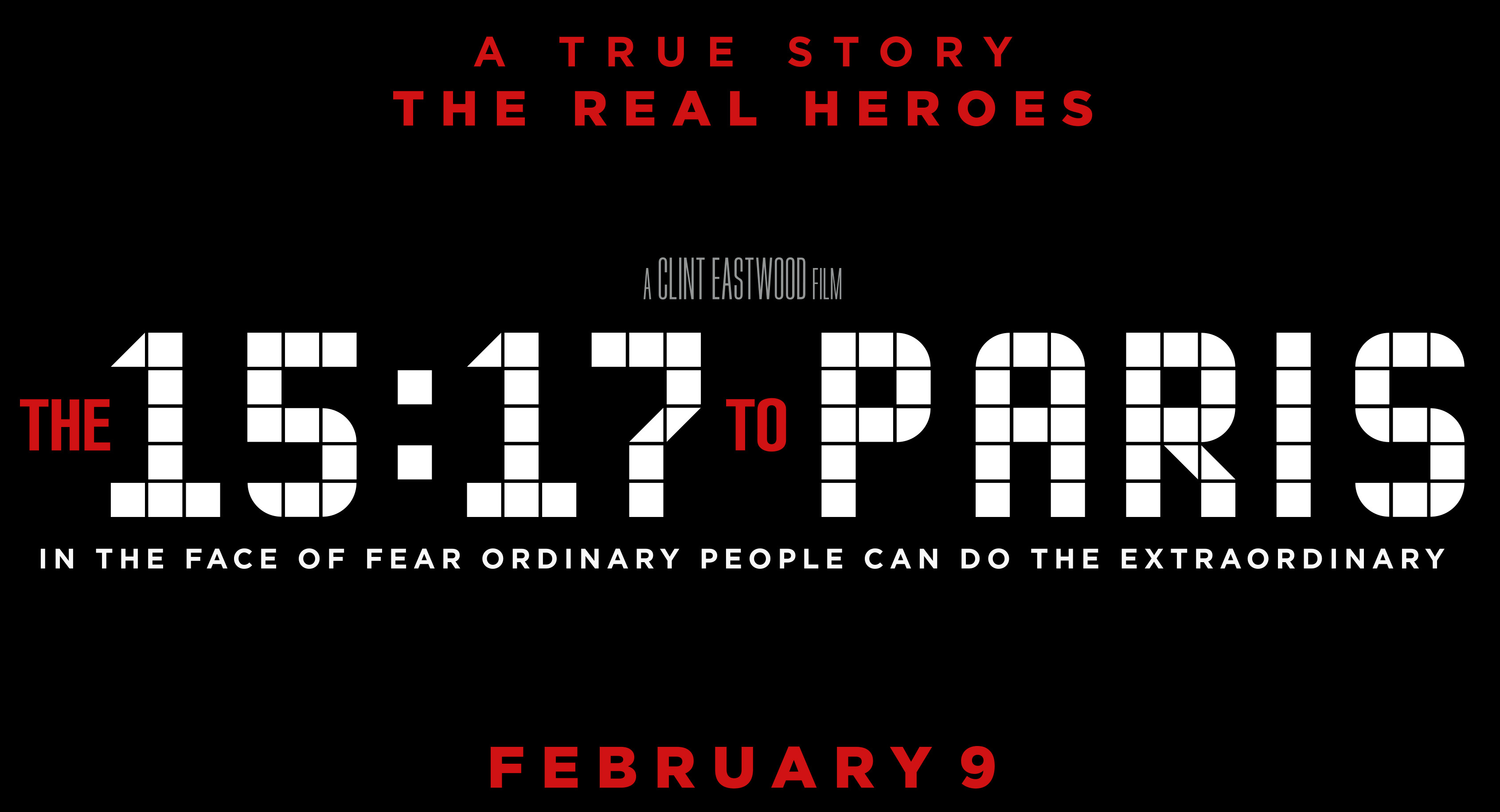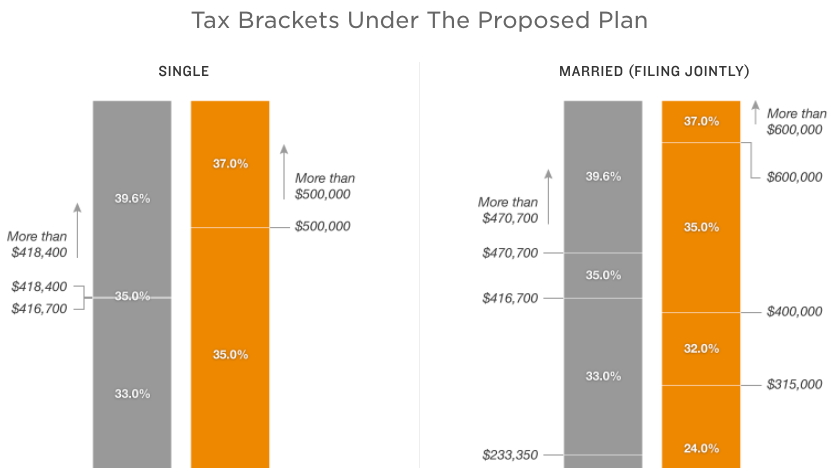The Week in Movie News: Golden Globes Nominations, Disney Buys Fox and More
Need a quick recap on the past week in movie news? Here are the highlights:
BIG NEWS
Disney bought Fox: Following rumored talks last month, Disney actually acquired 21st Century Fox, giving the Mouse House ownership of The Simpsons, Avatar and, most importantly, X-Men (including Deadpool) and Fantastic Four franchises, the last two of which can now be folded into the Marvel Cinematic Universe. Read more here.

GREAT NEWS
Jennifer Lawrence teams up with Luca Guadagnino: One of this year’s most celebrated filmmakers, Call Me By Your Name‘s Luca Guadagnino, will collaborate with one of the year’s least-honored best actresses, mother!‘s Jennifer Lawrence for the true-crime drama Burial Rites. Read more here.

AWARDS BUZZ
The Shape of Water leads Golden Globe nods: The biggest awards nominations of the year so far arrived this week with The Shape of Water leading the Golden Globes picks and Three Billboards Outside Ebbing, Missouri topping SAG Awards choices. Read more here and here.

EXCLUSIVE BUZZ
Paul Thomas Anderson talks Star Wars: We talked to Phantom Thread writer-director Paul Thomas Anderson about his new film, his excitement for Star Wars: The Last Jedi and what his own Star Wars movie would look like. Read the interview here.

COOL CULTURE
Star Wars: The Last Jedi preparation: In advance of the release of Star Wars: The Last Jedi, many videos were posted featuring guides, parodies and more tied to the franchise. Watch an alphabetical primer for the new movie below, and watch others here and here and here and here.
[embedded content]

MUST-WATCH TRAILERS
Ready Player One packs in the pop culture: The highly anticipated Ready Player One released its first full trailer, and it carries over tons of pop culture nostalgia from the bestselling novel. Watch it here:
[embedded content]

Spider-Man: Into the Spider-Verse teases a new animated franchise: The first teaser for the animated feature Spider-Man: Into the Spider-Verse has arrived, offering fans another movie franchise with another version of Marvel’s webslinging superhero. Watch it here:
[embedded content]

The 15:17 to Paris showcases the latest from Clint Eastwood: Three real-life heroes who thwarted a terrorist plot star as themselves in the movie about their lives, which is directed by Clint Eastwood. Check out the first trailer below:
[embedded content]
and




